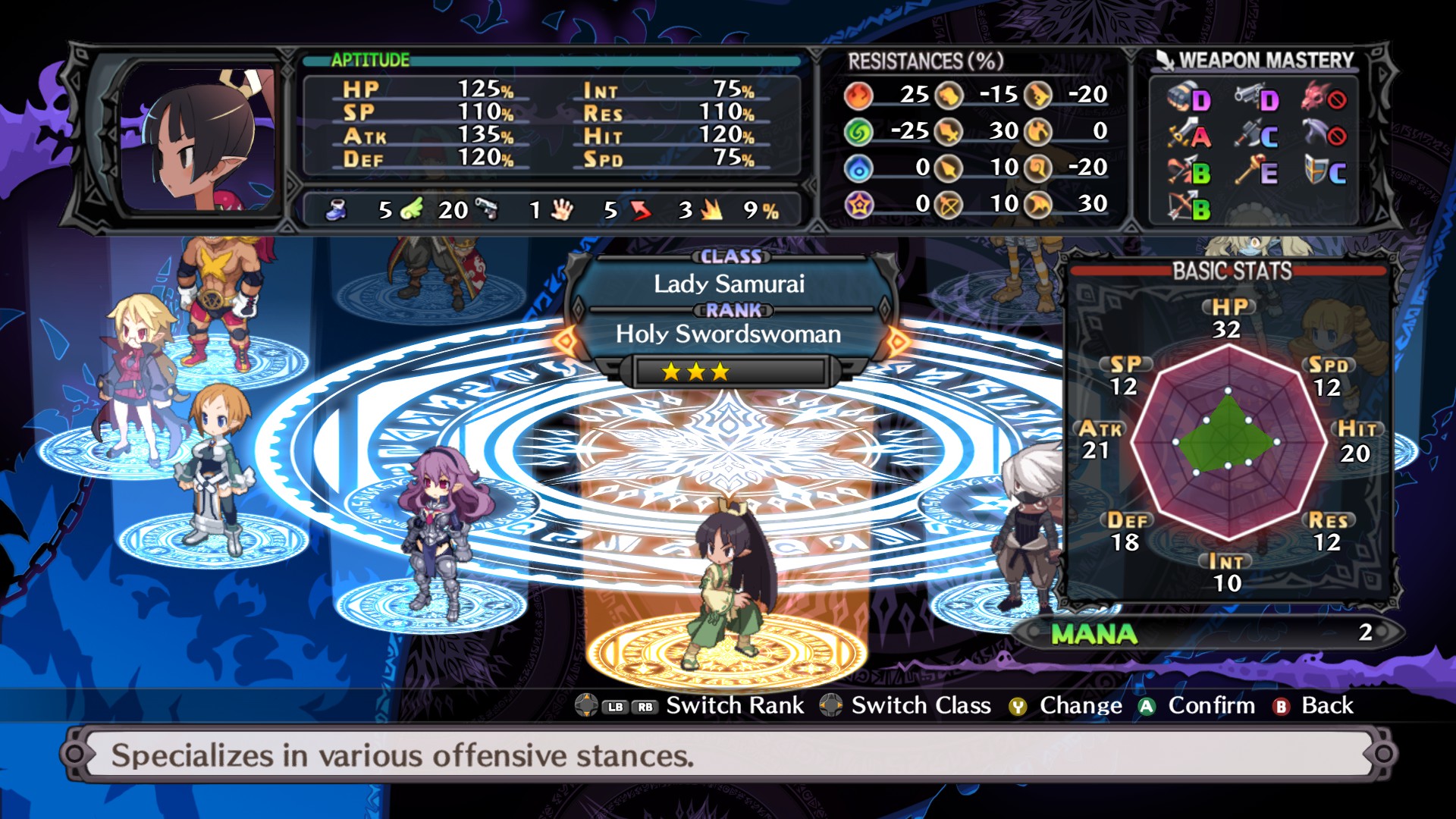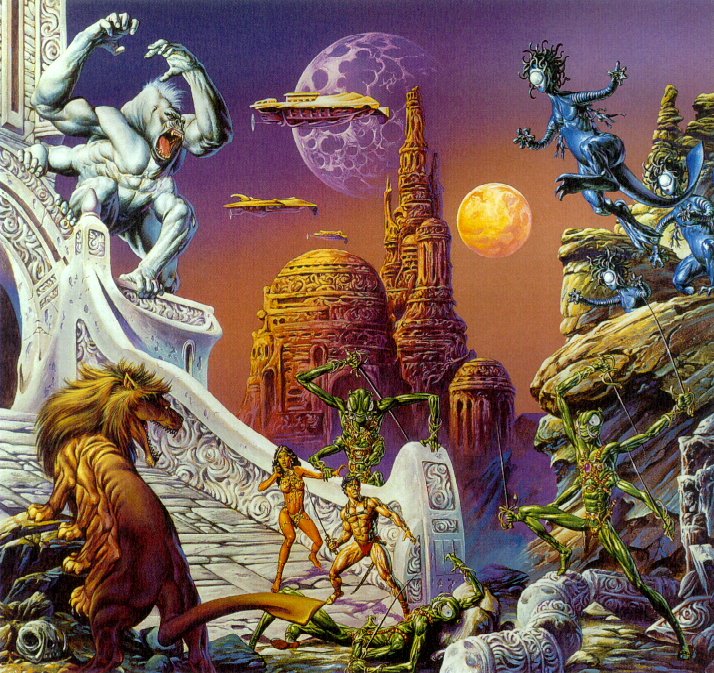Ayreos
Augur
- Joined
- Feb 20, 2015
- Messages
- 112
To reply to the original question, it's atmosphere.
As much as western classic RPGs have some amazingly well-written and designed games, none of them have the atmosphere of games like Final Fantasy or Dragon Quest. The worlds in JRPGs are SOMETIMES imaginative and often full of hope and youthful friendship where bear fuckery not only isn't possible, but so far beyond contemplation it appears to not be real at all. JRPGs are for people who can't give a shit whether Han Solo shot first or not, but instead like to immerse in worlds where you're in a group of teenagers fighting against God and going wherever you want, yet still being surprised at every turn. Perhaps because our lives have enough dense and gritty narrative as is, so we don't find ourselves captivated by more of that in videogames.
Furthermore, JRPGs SOMETIMES associate imaginative settings to mechanics that reward and encourage exploration and discovery. That's another component atmosphere that is often missing in WRPGS. I greatly enjoyed Kingmaker, and the exploration was great fun, just like say, in BG. But at no point it really surprised me, or captivated me like nothing else did. It was all somewhat predictable. More crypts and forests with bears, more caves with scattered bones, more dusty ruins and wizard towers with bookcases and spiders. Even Morrowind, with its fabulous setting and atmosphere, isn't that visually exotic or auditorily unprecedented. You still trudge through caves, bones, darkness. Now compare it to Junon, or the derelict Submarine in FF7, the research island or the lunatic pandora in FF8. The ruined world in FF6, or a whole other dimension in FF5. The player goes the moon in FF4 and in space in Grandia too. You can blast the battlefield with summons and geomancy in FFT, or turn into a magic dragon knight in Legend of Dragoon. Often you fight actual insane gods, each wilder than the previous one. Even unknown Games like Granstream Saga, Legend of Legaia and Dark Cloud 2 or Mystic Ark have settings that haven't really been replicated in WRPGs. I mean, the first place you visit in the latter is a desert world where two large ships inhabited by sentient cats have ran aground, yet their respective crews wage a bitter war against each other. And that's one of multiple worlds.
Airships are not rare in western fantasy, so why is riding on one so much rarer in WRPGs? You can't ignore that before cultural decline hit all developed countries, the Japanese were simply far less restrained with their fantasy and were willing to try more with it. As a kid i read the Neverending Story, and Micheal Ende's world really wanted to describe a classic JRPG's world, but couldn't really come too close or go too far with it. So when i played by my first JRPG i got immediately what that writer tried, but couldn't fully give me. Sadly decline hit those games too. Today's JRPGs are even lazier than WRPGs and even the likes of Square Enix cannot figure out just why every developer with soul abandoned their company and retired.
As much as western classic RPGs have some amazingly well-written and designed games, none of them have the atmosphere of games like Final Fantasy or Dragon Quest. The worlds in JRPGs are SOMETIMES imaginative and often full of hope and youthful friendship where bear fuckery not only isn't possible, but so far beyond contemplation it appears to not be real at all. JRPGs are for people who can't give a shit whether Han Solo shot first or not, but instead like to immerse in worlds where you're in a group of teenagers fighting against God and going wherever you want, yet still being surprised at every turn. Perhaps because our lives have enough dense and gritty narrative as is, so we don't find ourselves captivated by more of that in videogames.
Furthermore, JRPGs SOMETIMES associate imaginative settings to mechanics that reward and encourage exploration and discovery. That's another component atmosphere that is often missing in WRPGS. I greatly enjoyed Kingmaker, and the exploration was great fun, just like say, in BG. But at no point it really surprised me, or captivated me like nothing else did. It was all somewhat predictable. More crypts and forests with bears, more caves with scattered bones, more dusty ruins and wizard towers with bookcases and spiders. Even Morrowind, with its fabulous setting and atmosphere, isn't that visually exotic or auditorily unprecedented. You still trudge through caves, bones, darkness. Now compare it to Junon, or the derelict Submarine in FF7, the research island or the lunatic pandora in FF8. The ruined world in FF6, or a whole other dimension in FF5. The player goes the moon in FF4 and in space in Grandia too. You can blast the battlefield with summons and geomancy in FFT, or turn into a magic dragon knight in Legend of Dragoon. Often you fight actual insane gods, each wilder than the previous one. Even unknown Games like Granstream Saga, Legend of Legaia and Dark Cloud 2 or Mystic Ark have settings that haven't really been replicated in WRPGs. I mean, the first place you visit in the latter is a desert world where two large ships inhabited by sentient cats have ran aground, yet their respective crews wage a bitter war against each other. And that's one of multiple worlds.
Airships are not rare in western fantasy, so why is riding on one so much rarer in WRPGs? You can't ignore that before cultural decline hit all developed countries, the Japanese were simply far less restrained with their fantasy and were willing to try more with it. As a kid i read the Neverending Story, and Micheal Ende's world really wanted to describe a classic JRPG's world, but couldn't really come too close or go too far with it. So when i played by my first JRPG i got immediately what that writer tried, but couldn't fully give me. Sadly decline hit those games too. Today's JRPGs are even lazier than WRPGs and even the likes of Square Enix cannot figure out just why every developer with soul abandoned their company and retired.
























